PRODUCTS
CONTACT US
Ningbo Nide International Co., Ltd.
一一
· Contact person:Jack Zeng
· Mob/Whatspp/WeChat:0086-13738869026
· Email:emarketing@nide-group.com;marketing4@nide-group.com
· Add:No. 169, Wohushan Road, Daqi Subdistrict, Beilun District, Ningbo, China

Nide team could manufacture ball bearing as per customer’s drawing and samples.
If customer only has samples, we could also design drawing fo r our customer.
We also provide customized service.
Our ball bearing is widely applied the different industrials.
Ningbo Haishu Nide International is a professional bearing manufacturer and distributor. We were founded in 2010 and have been engaged in the bearing industry for 13 years. Our company specializes in producing shaft,commutator,thermal protector,magnet,carbon brush,fan and other products. Meanwhile, we have a good cooperative relationship with world-renowned bearing manufacturers. Relying on the first-class bearing quality to ensure that we have many customers around the world, such as the United States, Europe, Africa, and India, Brazil, Türkiye, Italy,Palau,Jamaica,Congo, Democratic Republic of the and other countries.
Nide team could manufacture ball bearing as per customer’s drawing and samples. If customer only has samples, we could also design drawing for our customer. We also provide customized service.Our goal is to help customers reduce tedious purchasing pressures while obtaining high-quality products. Nide hopes to provide one-stop motor manufacturing services to global customers.
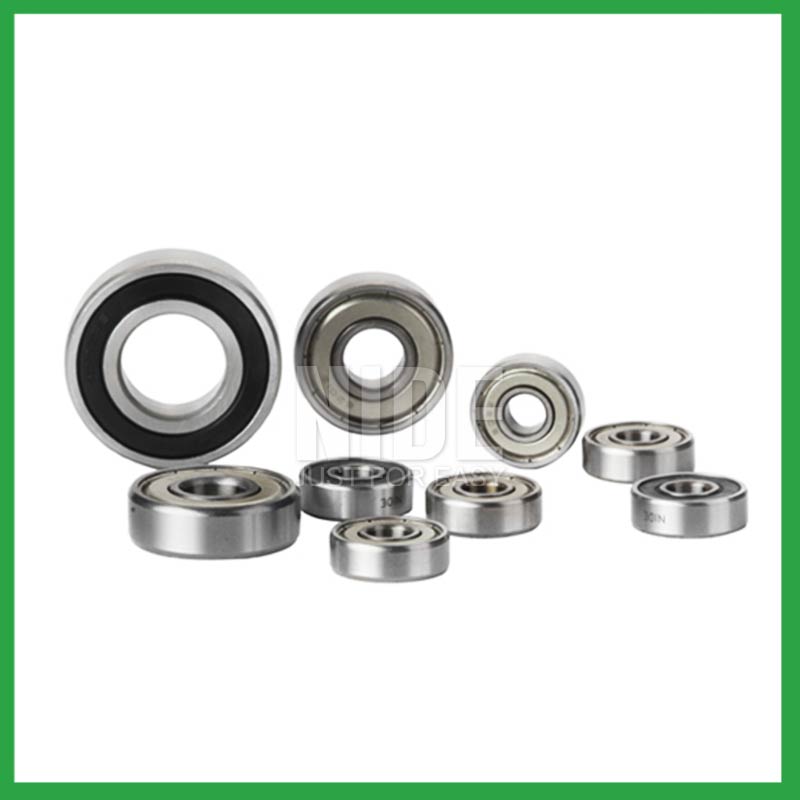
| Parameter | Information |
| Product Name | full extension ball bearing glides |
| Brand Name | Nide |
| Place of Origin | Ningbo,Zhejiang,China |
| Type | Ball |
| Material | stainless steel, etc. |
| Sample | Avaible |
| Warranty | 3months-1year |
| Lubrication | Dry/ Oil |
| Application | various industrial equipment,machine tools, etc. |
| Port | Ningbo/Shanghai |
| Size(mm) | customize |
| Export Country | Argentina,Brazil,South Korea,Jamaica,Spratly Islands,Coral Sea Islands,Rwanda,Philippines...etc |
| Export region | America,Oceania,Asia... |
| Certification | ISO 9001 Certification,CE-stator coil winding machine,ISO9001:2015 certificate,etc |
| Precision Rating | as per customer's requirement |
| Feature | Low Noise,Simple structure...etc |
| Packaging Details | Suitable for sea transportation |
| Color | gray+customized |
| Seals Type | Rubber seals |
| Service | Prompt Delivery |
| Supply Ability | 100000-500000 Piece/Pieces per Month |
| Lead time (days) | 15-20 (To be negotiated) |
Please note: The above table data is for reference only. For specific information, please contact us.
full extension ball bearing glides is a component with a ball as the rolling element, consisting of an inner ring, an outer ring, and a ball. They form a closed raceway between the rings, and the ball rolls through a curved surface in the raceway.
During the installation process, pollution from dirt and wear media should be prevented;
Temperature and humidity should be controlled to avoid excessive temperatures during startup and operation;
It should be operated and lubricated in the correct reverse direction to avoid unnecessary damage.
Ball bearings have many advantages, making them highly competitive in the market.
Firstly, they are very durable and have good wear performance, making their service life longer than many other types of bearings.
Secondly, they are easy to install and can provide low friction performance in various applications.
Thirdly, they require a relatively low level of maintenance, making them cost-effective.
In addition, compared to many other types of bearings, their purchase cost is relatively low, making them an economical choice.




full extension ball bearing glides---FAQs Guide
2.What is the typical noise level associated with full extension ball bearing glides, and how are noise-reduction techniques applied?
3.What is the load distribution within a full extension ball bearing glides, and how does it vary between different bearing configurations?
4.About full extension ball bearing glides,Can I add my own logo?
5.How do different full extension ball bearing glides designs, such as deep groove, angular contact, or thrust bearings, cater to specific applications?
6.Are there hybrid full extension ball bearing glides that combine steel rings with ceramic balls to optimize performance in demanding applications?
7.How do preloaded full extension ball bearing glides enhance rigidity and reduce clearance in high-precision applications?
8.As a full extension ball bearing glides manufacturer,can you supply samples?
9.What are the considerations for selecting sealed or shielded full extension ball bearing glides to protect against contamination and retain lubrication?
10.Do full extension ball bearing glides come in various tolerance classes?
11.Are there specific full extension ball bearing glides designed for applications in the aerospace and aviation industries, and what standards do they adhere to?
12.What is the role of full extension ball bearing glides in reducing friction and energy loss in rotating machinery?
13.How do cage materials and designs impact full extension ball bearing glides performance and stability?
1.What is the production capacity of the factory for full extension ball bearing glides?
The production capacity of Ningbo Haishu Nide International is:50000000pcs/month
2.What is the typical noise level associated with full extension ball bearing glides, and how are noise-reduction techniques applied?
To measure in accurate way the full extension ball bearing glides noise under rotation during their manufacturing process is a key activity particularly in the production of medium, small and ultra-small deep groove ball bearings. This capability in bearings noise analysis has become the real distinguishing element between a standard bearings noise equipment and a superior class one.
The various types of vibration and sound in rolling bearings can be grouped in four main categories: structural, manufacturing, handling and other. The structural vibration consists mostly of race, click, squeal and cage noise: it can be continuous or intermittent depending on specific cases. The manufacturing vibration is instead related to the waviness noise generated by the geometrical imperfections of inner and outer ring and of rolling elements, being always continuous in nature. The so-called handling vibration is normally associated with flaw and contamination and is generating – in most of the cases – irregular noise. Then there are other types of vibrabition that include noise generated by sealing and lubricant (irregular) or by runout (continuous).
3.What is the load distribution within a full extension ball bearing glides, and how does it vary between different bearing configurations?
The load distribution between the rolling elements and raceway is crucial in performance evaluation of rolling element bearings. Determine the load distribution by measuring the strain response at the bearing surface with a notched housing. Finite element analysis shows that the introduction of notches does not affect the load distribution. An experimental system was developed to investigate the load distribution in a cylindrical roller bearing. The experimental static load distribution agrees well with the theoretical calculation. The dynamic load at specific position of load zone reflects the manufacture difference among rollers and dynamic balance of distributing loads.
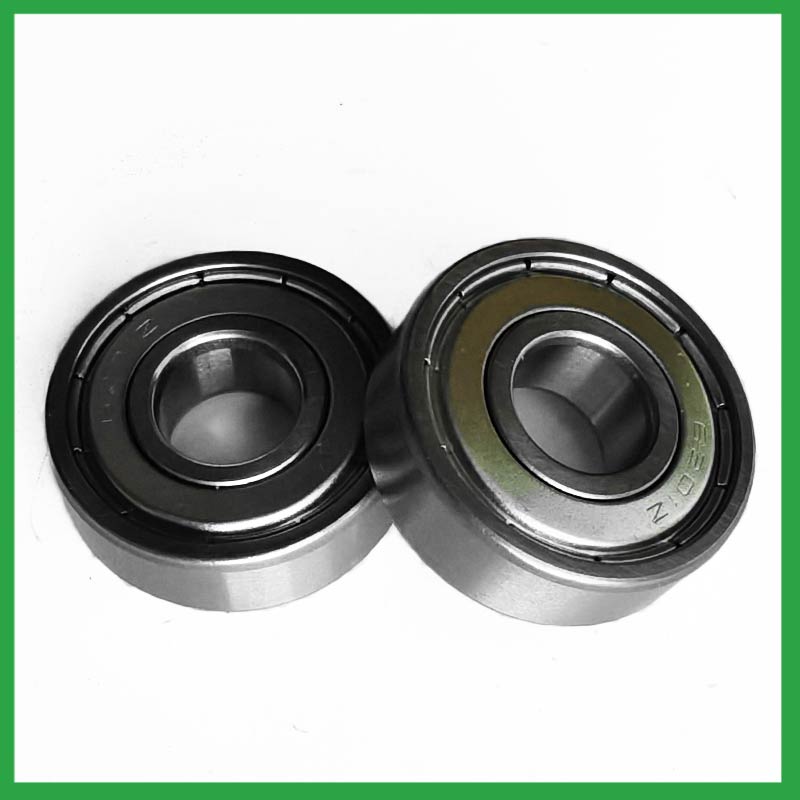
4.About full extension ball bearing glides,Can I add my own logo?
Yes, you can add your logo on bearings and packing box. We supply OEM SERVICE including bearing's size, logo, packing, etc.
5.How do different full extension ball bearing glides designs, such as deep groove, angular contact, or thrust bearings, cater to specific applications?
Deep groove full extension ball bearing glides: Deep groove ball bearings are the most common type. They can handle both radial and axial loads. Angular contact ball bearings: Angular contact ball bearings have higher than average internal axial clearance. They can handle axial loads in one direction and moderate radial loads.
6.Are there hybrid full extension ball bearing glides that combine steel rings with ceramic balls to optimize performance in demanding applications?
Hybrid Ceramic full extension ball bearing glides. Ceramic ball bearings (also known as hybrid bearings) are the one component that'll easily optimize the performance of your application. Hybrid bearings have ceramic (silicon nitride, Si3N4) balls and 52100 bearing steel rings.
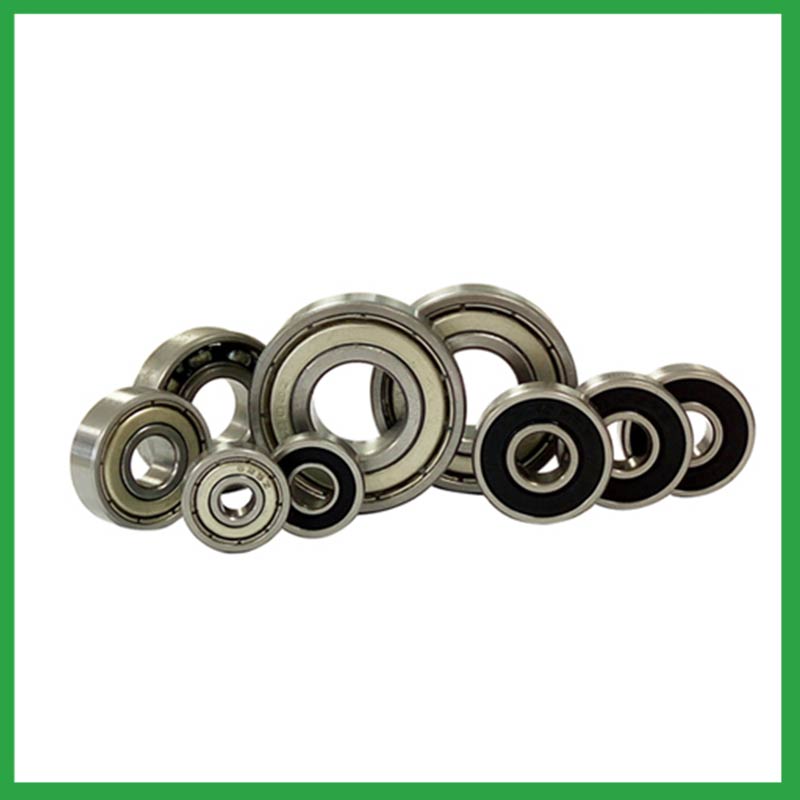
7.How do preloaded full extension ball bearing glides enhance rigidity and reduce clearance in high-precision applications?
Enhance Rigidity: By applying a controlled axial force, preload increases the bearing's resistance to external forces and moments. This heightened rigidity is essential in applications where any deflection or misalignment must be minimized, such as in machine tools or robotic systems.
8.As a full extension ball bearing glides manufacturer,can you supply samples?
Sure, samples can be provided free of charge, and the buyer pay the postage of the sample.
9.What are the considerations for selecting sealed or shielded full extension ball bearing glides to protect against contamination and retain lubrication?
First, the environment in which your full extension ball bearing glides operate in can help you identify potential contaminants, allowing you to select your shields or seals accordingly. For example, shielded bearings have a gap that can allow finer contaminants or water from washdown applications to enter the bearing and get into the raceways.The challenge for sealing bearings is to seal the bearing by protecting the bearing from contaminants and running efficiencies.
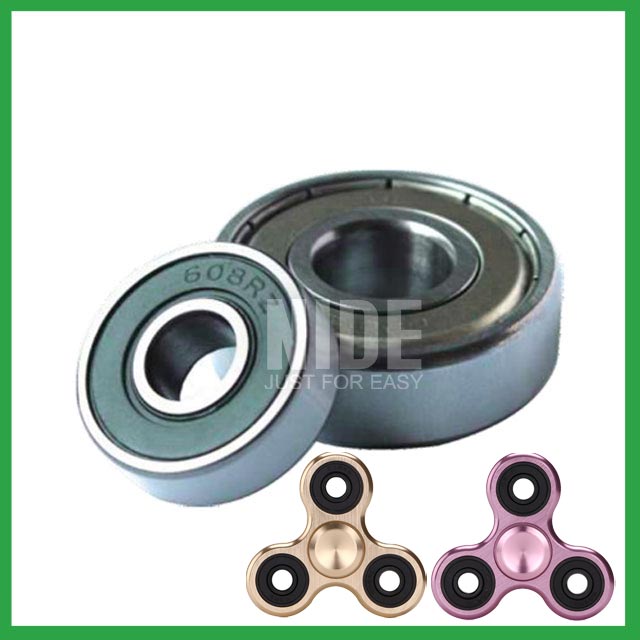
10.Do full extension ball bearing glides come in various tolerance classes?
Bearing tolerances are standardized by classifying bearings into the following six classes (accuracy in tolerances becomes higher in the order described): 0, 6X, 6, 5, 4 and 2.
11.Are there specific full extension ball bearing glides designed for applications in the aerospace and aviation industries, and what standards do they adhere to?
Airframe control full extension ball bearing glides are specialized bearings tailored for aircraft structures, particularly control systems and surfaces. Designed for low-speed oscillatory applications, they offer precision and support, effectively managing misalignments and flight-induced stresses.
Airframe Control bearings are lightweight, corrosion-resistant, grease-lubricated, and are sealed on most occasions. They come in precision grades for running accuracy.
12.What is the role of full extension ball bearing glides in reducing friction and energy loss in rotating machinery?
full extension ball bearing glides reduce friction by using smooth balls lubricated with oil or grease that freely roll between a smooth inner and outer surface. The main concept of the ball bearing is that objects that roll past each other produce less friction than if the objects were sliding against each other.
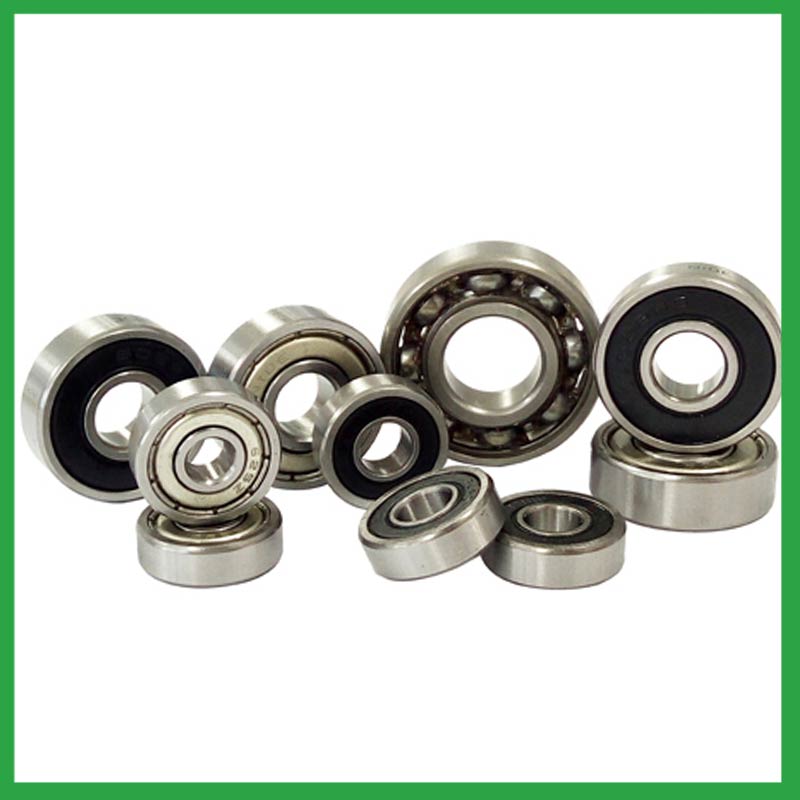
13.How do cage materials and designs impact full extension ball bearing glides performance and stability?
As the core component of rotating machinery, the performance and reliability of high-precision full extension ball bearing glides directly affect the overall performance and life of the machine and instrument . The increase of the rotational speed will aggravate the collision and friction of the cage, which will lead to the decrease of the rotational stability of the cage. The unstable movement of the cage could in turn lead to more severe collision and wear, thus reducing the life and reliability or even the destruction of the bearing.
Therefore, it is very necessary to study the cage stability to guarantee the stable operation of bearings. However, the dynamic characteristics of the cage is very complex. Parameters such as load, rotational speed and lubrication may affect its kinematic and tribological conditions, which leads to the change of its motion behavior.

